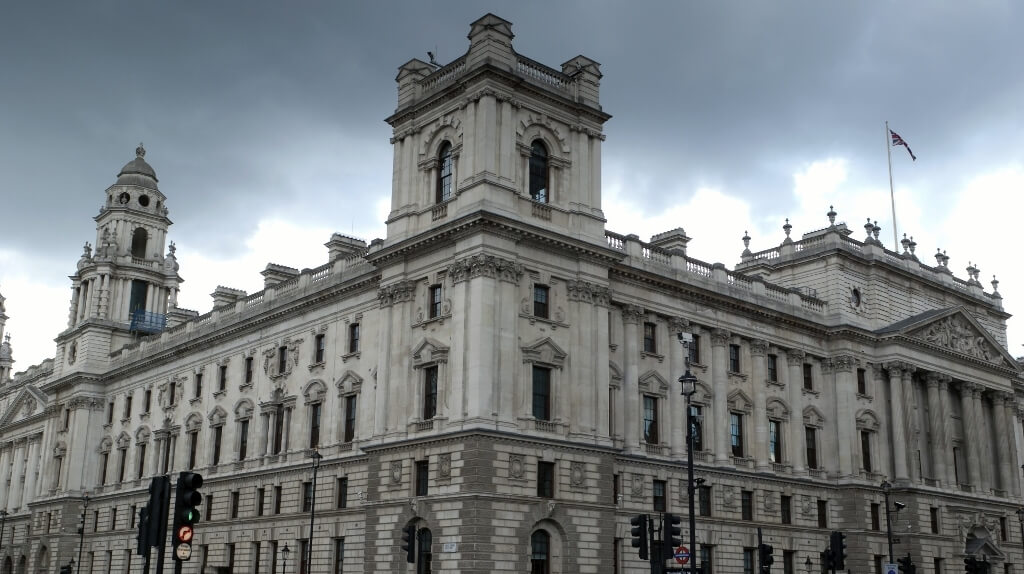VAT is one of those thorny issues people leave until the last minute, but taking a grown-up approach will save you time stress and even money.
A Business Owner’s Guide To VAT
VAT is one of those thorny issues people leave until the last minute, but taking a grown-up approach will save you time stress and even money.

Understanding the complexities of VAT is very often like entering into a minefield for business owners. To begin with, you are required to register your business for VAT when the turnover of taxable goods and services exceeds the limit set by HMRC, but there are also a variety of seemingly confusing additional rules that must be followed in order to be in keeping with VAT legislation.
In this guide, we will take a closer look at the everyday VAT issues faced by all business owners in a bid to help those who still find themselves to be perplexed by this ever-changing and sometimes confusing matter.
When to account for VAT
One of the key issues faced by many small businesses when it comes to VAT is a lack of understanding of when to register and how to account for VAT, which can lead to issues. If you are not already registered for VAT, it is essential to check to see whether sales have reached the HMRC limit of £82,000 in the past 12 months, or whether you expect them to reach the limit in a one month period.
Once your sales reach this turnover limit, you must notify HMRC within 30 days, register your business for VAT and submit VAT returns to HMRC, usually every three months. For small businesses, the VAT flat rate scheme is probably beneficial to use.
This is an alternative way for small businesses to work out how much VAT to pay to HMRC every quarter, and is designed to take some of the effort out of recording VAT sales and purchases. It does mean that the business cannot recover VAT on purchases and has to treat certain zero rate sales as part of the flat rate turnover so it is worth taking care when considering its use.
Those businesses that want to use the flat rate scheme should initially apply to HMRC. It is forbidden to use the VAT flat rate scheme without agreement from HMRC. Those companies that do so without being accepted are at risk of a penalty for paying the incorrect sum of VAT.
A lack of understanding
It is often the case that business owners have a good understanding of VAT, but they are unlikely to be the individual in charge of this aspect of operations. For this reason, it is vital to identify exactly who will be the person dealing with VAT on a day-to-day basis, and ensure they have the understanding they need - even the most basic issues can be complicated to those who are not in the know.
Some companies place this responsibility with the financial director and their team, while in others, administrative staff who regularly process orders also make decisions on VAT. In some cases, different employees across the same firm can have varying approaches to the VAT treatment of the same transaction, coupled with different levels of knowledge, which can greatly complicate matters and create VAT exposures.
Therefore, business leaders are advised to introduce a standard practice across the board to help promote consistency and prevent incurring penalties.
Business entertaining issues
According to HMRC rules, businesses are forbidden from recovering VAT from entertaining anyone other than current employees of the business. Very often, companies wrongly believe that they can claim VAT on meals or other entertainment for customers, suppliers or subcontractors, which is not the case.
Business entertaining is a very common business cost, but firms should be careful not to reclaim the VAT on the money they spend, as they could incur serious penalties for doing so. Especially for high value costs such as football boxes.
Leaving things until the last minute
For many businesses, the month end is a particularly stressful time, when they are in a rush to complete the necessary procedures and this does not help with completing VAT returns. However, leaving things until the last minute can cause many issues. It is easy to make errors or miss the deadline for submitting and paying the VAT return leading to default surcharges and other penalties.
These issues can be avoided by ensuring that VAT is a constant priority throughout the year. Any deadlines such as the due date for submission and payment of the return that occur during the year should be observed, and reminders set up on the company calendar could help to ensure they are not forgotten.
Dealing with the issues
One thing businesses looking to avoid VAT issues could do is to take on the role of a HMRC inspector before carrying out an audit of the organisation. Carrying out a trial audit will help to outline the company process from start to finish, and therefore highlight any gaps in VAT knowledge and processes alike.
Looking at the overall picture and examining the figures can reveal any issues that may have gone unnoticed before. It is common for human error to take place, such as transposition errors or processing errors, which can lead to VAT exposures down the line.
Sense checking the VAT returns and working papers to ensure that they make sense such as simple checks to ensure that the input VAT claimed is not greater than 20% of the net purchases can save a lot of time later trying to resolve posting and other errors.
If these checks are carried out fairly regularly, they can help to prevent any more serious problems when an official inspection takes place.
Tamara Habberley is a senior consultant at The VAT People
Thanks for signing up to Minutehack alerts.
Brilliant editorials heading your way soon.
Okay, Thanks!




